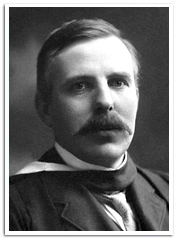Aristotle 384 BC – 332 BC
ž1 Aristotle believed an ancient Greek theory that atom
being different sizes, regular geometric shapes
and being in constant motion.
ž
- believed that matter was made of different
- combo of earth, air, fire and water. They represent four
- qualities: dryness, hotness, coldness, and wetness. He didn’t really contribute much to the atoms
Democritus Contribution
- He suggested that matters are made up of atoms, which we are still using this concept today. However, he never made any attempt to determine whether his theory was correct.
Antoine Lavoisier 1763
žHe named oxygen.
žalso proposed the Law of Conversation of Mass
which represents the beginning of modern chemistry
John Dalton 1766 - 1844
žJohn Dalton is considered the Father of Modern Atomic theory.
ždiscover the partial pressures of gases. This major advance in stoichiometry, the ratio of elements, lead to his formulation of a working theory of the atom.
J.J. Thomson 1897
žhe showed that cathode rays are rapidly moving particles, and, by measuring their displacement by electric and magnetic fields,
he determined that these particles were nearly 2,000 times less massive than the lightest known atomic particle,which now what we call,
electrons.
Ernest Rutherford 1909
ždiscovered that there were different types of rays; Alpha, Beta, and Gamma
ždiscovered that radioactive elements have half-life which can be used to find the age of an element and this method still be using widely today.
Niels Bohr 1885 - 1962
žBohr’s atomic theory can be described as one of the most important theories all over the world. žThe Bohr Model is an approximation to quantum mechanics that has the virtue of being much simpler. He postulated based on quantum theory that electrons travel around an atomic nucleus in a stationary orbit. His work also led to the theory of different energy levels in atoms that is if an electron drops from a higher to a lower orbit, it must release energy.








No comments:
Post a Comment